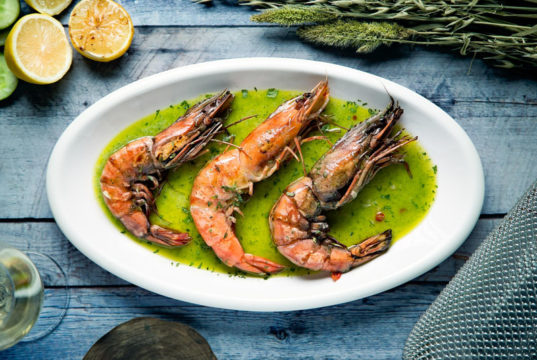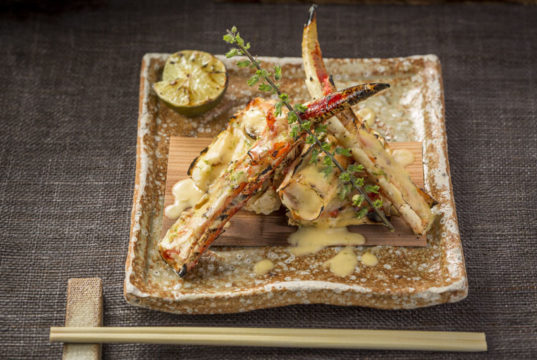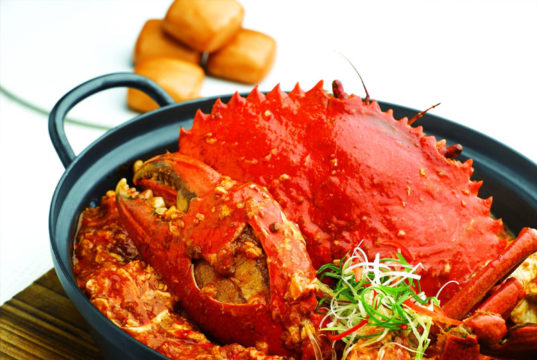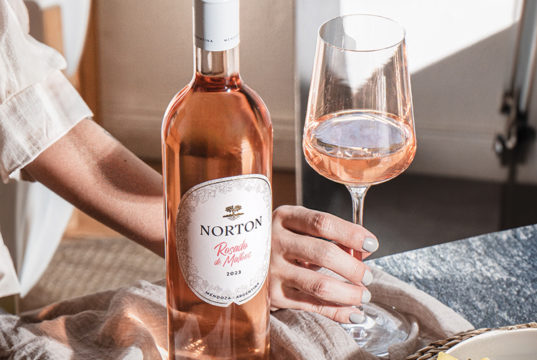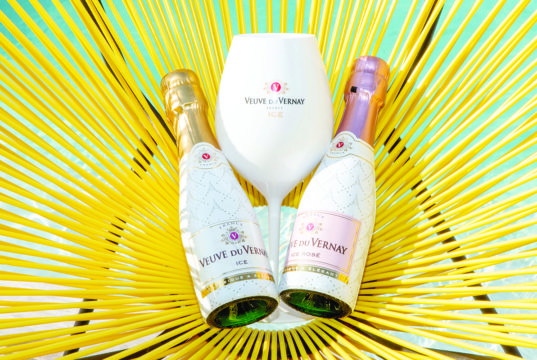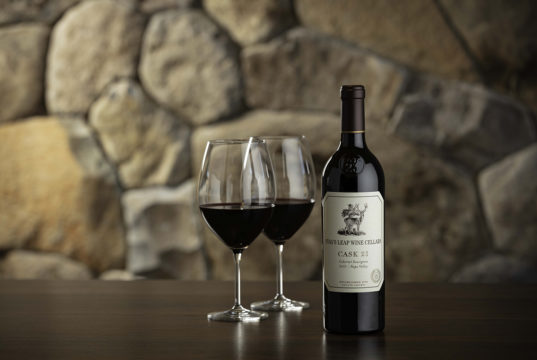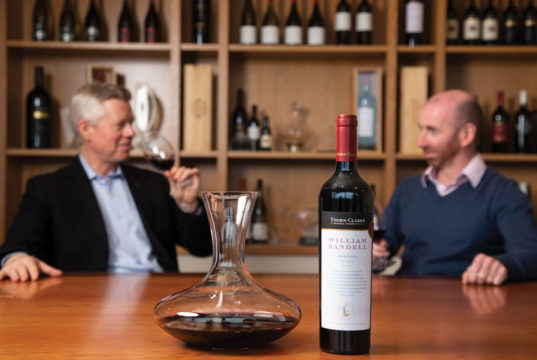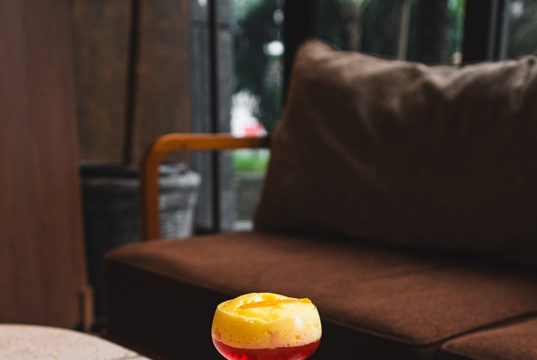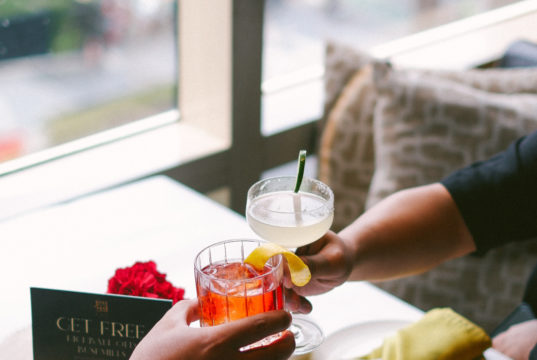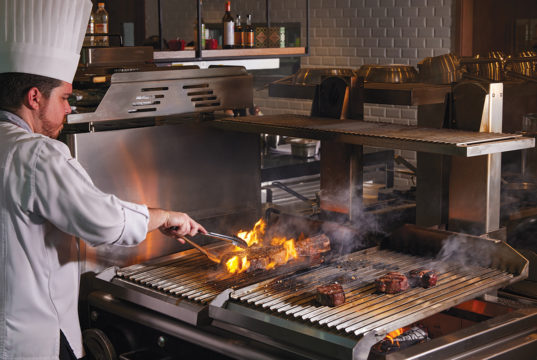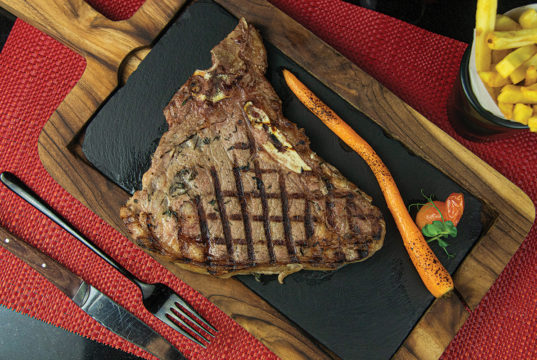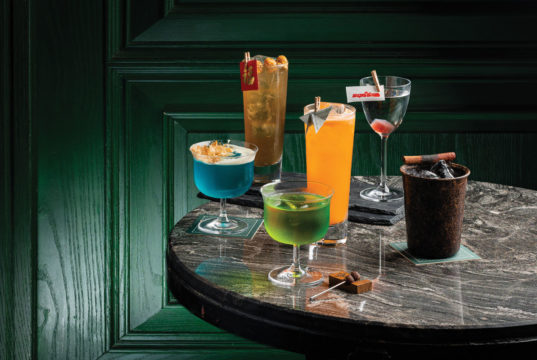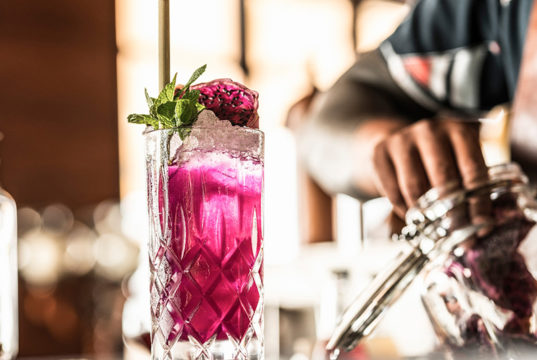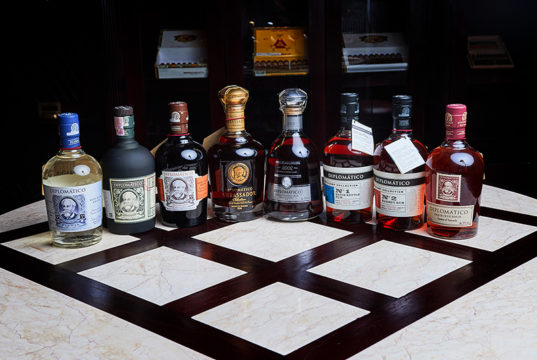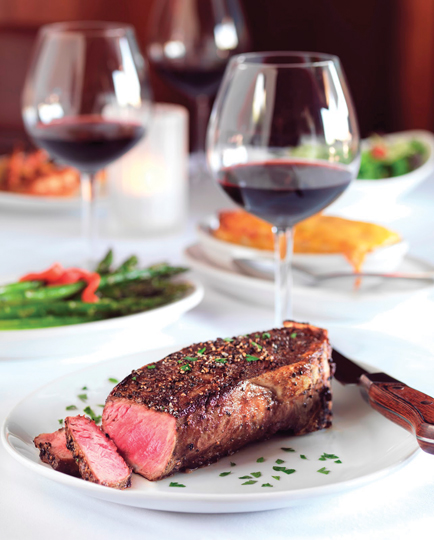Choosing the wrong wine can easily turn a great meal out or a swinging dinner party into a culinary disaster. Here are some of the basic rules about pairing wine that can help even the most inexperienced oenophiles get it right.
—
Beef
As a rule, any good red goes with beef. The general guide is the leaner the cut, the lighter the wine. However, the sauces and style of cooking will affect your choice.
For steak, seasoning and cut can influence your wine choice, but you can’t go wrong with a classy Bordeaux or an Argentine Malbec. For leaner dishes look to younger cru blends from Haut-Médoc, like the Château La Tour Carnet or a graceful McLaren Vale red. For well-marbled cuts or dishes like beef bourguignon, the smart money chooses an Argentine Malbec like the Bogeda Norton Reserva, while if you prefer a classic Bordeaux, the Château Lafon-Rochet St. Estèphe is sublime.
Editors Pick:
Try the fabulous Heemskerk, Coal River Riesling, one of Tasmania’s true gems. Mouth-watering lemon sherbet acidity, punchy lime and a delicate perfume make this a fabulous pairing with Indonesian beef rendang, Indian curry or spicy kofta.
Pork
The standard route with most pork is to choose a fruity low-tannin wine with moderate acidity. Typically the wine should exhibit red fruit flavours and subtle peppery notes, so wines with Grenache as the dominant grape fit the bill. Younger Côtes du Rhône or Chateauneuf-du-Pape wines are some of the finest examples.
For grilled and roast meats with less seasoning, a full-flavored Pinot Noir or a spicy Australian Shiraz is often the go-to wine, whilst for salt-rich hams, the best choice has just a touch of sweetness, plenty of acidity and bold fruit, so choose a Moscato, Chenin Blanc or a slightly sweet rosé. If you enjoy a more hearty combination, then head back to the Pinot Noir.
Editors Pick:
For a pork dish without too much seasoning, or even a ham, why not try a young Astrolabe Valleys Kekerengu Coast Pinot Gris, which with its delicate structure featuring layers of pear, quince and peach and some citrus works a treat. For prosciutto look at local varietals like the hugely underrated but superbly smooth and well balanced La Roncaia Fruilano from the province of Udine Italy.
Lamb
Lamb is a very wine-friendly meat and pairs up extremely well with many medium to full-bodied reds. With their savoury character Napa Valley and west bank Bordeaux Cabernet Sauvignon blends are a really good choice for roasts, lamb steaks or cutlets. Try a hearty Adelaide Hills Australian Shiraz with your lamb shank or ragout, a wine with a lot of character but extremely refined or for something different a Spanish Rioja Reserve whilst if you prefer a lighter option then give a northern Rhône red or an Italian Chianti Classico a try.
Editors pick:
The Beringer Private Reserve Cabernet Sauvignon is an exceptional expression of Cabernet Sauvignon and a perfect choice with lamb or beef. With ripe blackberry, fresh tobacco, brown spice and sweet mint, the supple tannins are complemented by notes of espresso, mocha and balanced with a silky and elegant finish.
Chicken
The key to pairing most chicken dishes is matching the intensity of the dish with the wine you choose. For light spiced or plain chicken dishes, the white meat pairs well with white wines like Sauvignon Blanc or Chardonnay, while the stronger flavoured dark meat also works with medium-bodied reds wines such as Pinot Noir.
Rich dishes with cream sauces pair really well with oaked Chardonnay or most whites from Côtes du Rhône, whilst chicken paté cries out for a very dry Chenin Blanc. For Chinese sweet and sour try a Moscato or even a sparkling rosé; with Thai or Indian curried chicken or classic spiced Indonesian dishes like ayam betutu, choose a Riesling or Moscato where the inherent sweetness is a perfect foil to the heat of the sauce.
Editors Pick:
For smoked, grilled or roast chicken New Zealand’s wonderful Oyster Bay Marlborough Chardonnay is a great option. Subtly oaky and backed by a tremendous fruity character, it also works with chicken Caesar salad and creamy chicken pasta.
Duck
The factor to consider most when pairing with duck is that it is a rich, fatty meat that needs a wine with sharpness and acidity as well as lasting flavours. More often than not, this leads to a wine where Pinot Noir is the dominant grape, however, how the duck is cooked and what spices are used can alter the choice dramatically.
Italian duck is often braised with tomato and olives and a quality Chianti Classico matches particularly well. For cold duck, duck rillettes, paté or terrines then a fruity Beaujolais is your friend, which will provide an epic contrast.
Editors Pick:
Having made the point about acidity, there are always exceptions. Duck cooked in the Chinese style with hoisin sauces is one such example and pairs extraordinarily well with Château Clinet Pomerol, one of the finest merlot blends on the market. This ink-purple wine is silky and intense on the palate with notes of freshly picked wild fruits sprinkled with spices that balance and contrast the sweet and salty sauce.







